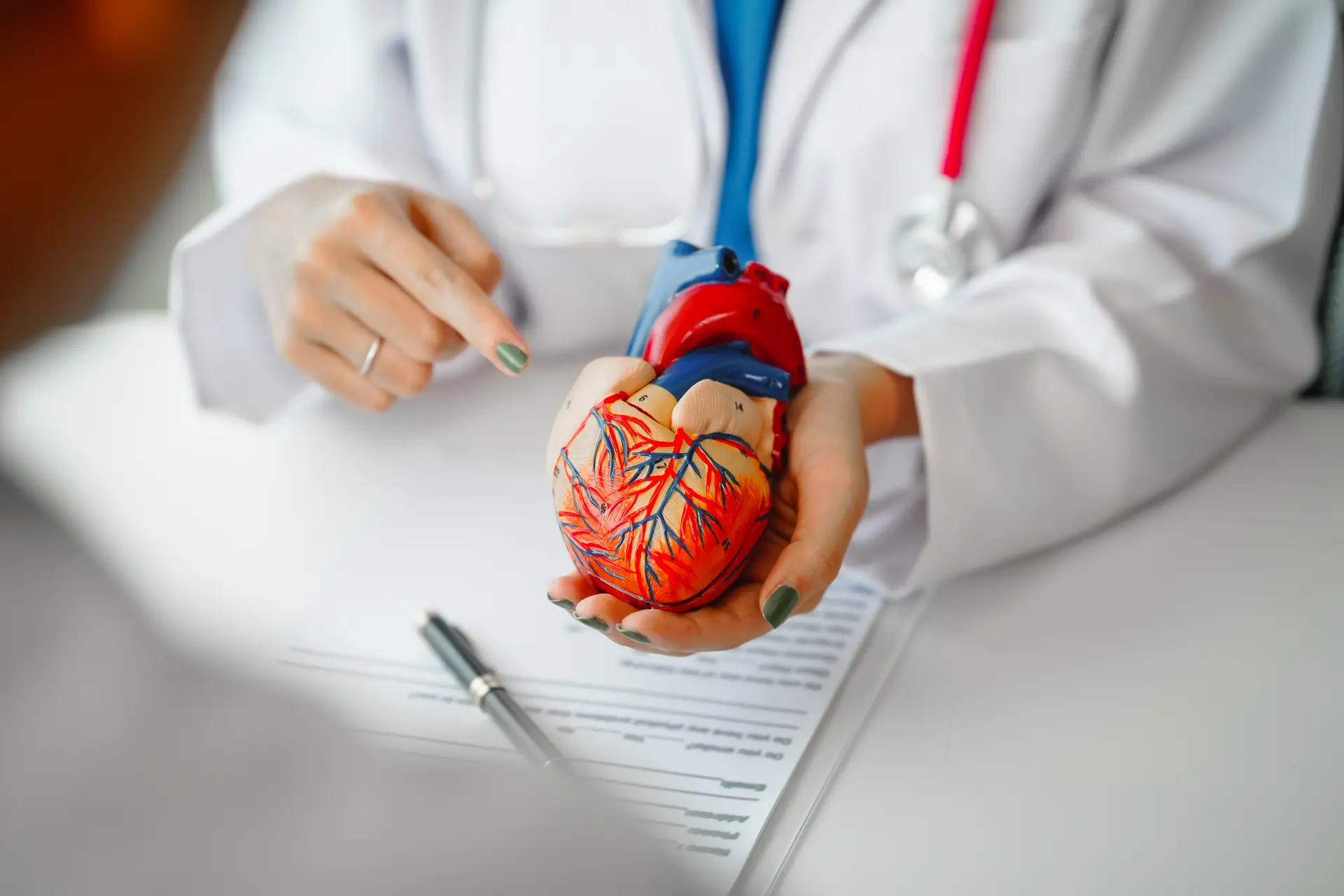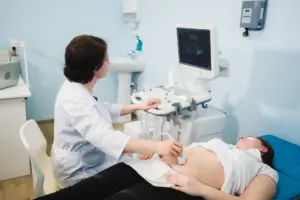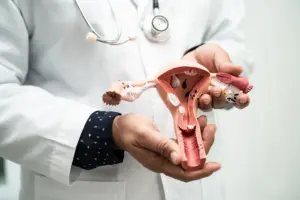Understanding Heart Rhythm Disorders: Types, Symptoms and Treatments
Heart rhythm disorders, or arrhythmias, occur when the electrical impulses that control the heart’s beats become irregular. This can cause the heart to beat too quickly, too slowly or erratically, affecting its ability to pump blood efficiently. While some arrhythmias are harmless and transient, others may lead to serious health complications, including strokes or sudden cardiac arrest. Understanding the symptoms, causes, types and treatments is crucial to managing this condition effectively.
What Is Arrhythmia?
The term “arrhythmia” broadly refers to any abnormal heartbeat. It includes a wide spectrum of conditions ranging from minor heart palpitations to life-threatening electrical malfunctions in the heart. The normal heartbeat is governed by the sinoatrial (SA) node, often referred to as the heart’s natural pacemaker. When the signals from the SA node are disrupted, slowed or redirected improperly, arrhythmias can occur. So, what is arrhythmia? Simply put, it is a disruption in the rhythm of the heartbeat.
Causes of an Irregular Heartbeat
The causes of arrhythmia vary. They can stem from structural heart abnormalities, high blood pressure, coronary artery disease or heart valve disorders. Electrolyte imbalances, particularly involving potassium, sodium, calcium and magnesium, can interfere with electrical impulses. Certain medications, including some over-the-counter cold remedies and anti-depressants, are also known to cause arrhythmias.
Lifestyle and environmental factors, such as smoking, heavy alcohol use, excessive caffeine intake, recreational drug use and chronic stress, can contribute to the development of heart rhythm disorders. Furthermore, stress and anxiety can provoke arrhythmias by activating the body’s “fight-or-flight” response and releasing adrenaline, which affects the heart’s electrical activity.
Are All Heart Rhythm Disorders Serious?
Not all arrhythmias are dangerous. Many people experience the occasional skipped or extra beat, often without any lasting impact. However, some arrhythmias can increase the risk of blood clots, strokes or even sudden cardiac arrest. The seriousness depends on the type of arrhythmia, its frequency and whether it affects blood flow.
Types of Arrhythmia
Understanding the types of arrhythmia is key to recognising symptoms and risks. Arrhythmias are typically classified by the speed of the heartbeat and the part of the heart where the abnormal rhythm originates.
1. Bradycardia (slow heart rate)
Bradycardia occurs when the heart rate falls below 60 beats per minute. For some individuals, especially athletes, this is normal and harmless. But in others, bradycardia can result from taking certain medications – such as calcium channel blockers, beta blockers, other antiarrhythmics, lithium and some antidepressants – ageing, heart disease or damage to the heart’s electrical system. Symptoms include fatigue, dizziness, shortness of breath and fainting spells and heart dysfunction.
2. Tachycardia (racing heart)
Tachycardia refers to a heart rate above 100 beats per minute. This fast rhythm can originate in either the atria or ventricles. If the heart beats too quickly, it cannot effectively pump blood to the body, which may lead to chest pain, light-headedness or collapse.
3. Atrial fibrillation (AFib)
One of the most common arrhythmias, AFib causes a chaotic rhythm in the atria (upper chambers). It results in poor blood flow and can lead to clot formation, significantly increasing the risk of stroke. AFib may present with palpitations, weakness and shortness of breath.
4. Atrial flutter
Similar to AFib but more organised, atrial flutter involves a rapid but regular heartbeat in the atria. It can also increase the risk of stroke and typically occurs in individuals with heart disease or after heart surgery.
5. Ventricular tachycardia (VT)
VT is a rapid heartbeat originating from the ventricles (lower chambers). It may prevent the heart from pumping efficiently, leading to dizziness, chest pain, arrhythmia symptoms or collapse. Sustained VT requires urgent medical attention.
6. Ventricular fibrillation (VF)
VF is the most dangerous form of arrhythmia, marked by disorganised electrical signals in the ventricles. The heart quivers instead of pumping, causing immediate loss of consciousness. Without prompt defibrillation, VF is usually fatal.
7. Premature contractions
These are extra beats that can start in either the atria or ventricles. Though common and often harmless, frequent premature beats can lead to more serious arrhythmias if left unchecked.
How Common Are Heart Rhythm Disorders?
Heart rhythm disorders affect millions of people worldwide. The likelihood increases with age, particularly over the age of 60. Arrhythmias are more prevalent in people with existing heart and lung conditions, diabetes or high blood pressure, but they can also occur in otherwise healthy individuals.
Symptoms to Watch For
Symptoms vary depending on the type and severity of the arrhythmia. Common indicators include:
- Heart palpitations or fluttering sensations
- Dizziness and heart palpitations
- Fainting spells
- Shortness of breath
- Chest discomfort or pressure
- Fatigue or weakness
Not all arrhythmias cause noticeable symptoms, making regular check-ups important, especially if you have risk factors.
Diagnosis: What Tests Are Involved?
Diagnosing an arrhythmia involves assessing your symptoms, medical history and conducting tests such as:
- Electrocardiogram (ECG): Measures the heart’s electrical signals.
- Holter monitor: A portable ECG worn for 24–48 hours to capture irregular rhythms.
- Event monitor: Activated by the patient during symptoms.
- Echocardiogram: An ultrasound to check heart structure and function.
- Stress test: Measures how the heart performs during exercise.
- Electrophysiology study: An invasive test that maps electrical pathways in the heart.
Treatment Options
Treatment depends on the arrhythmia’s type, severity and underlying cause. Approaches include:
1. Medications
Anti-arrhythmic drugs can help normalise rhythm. Beta-blockers and calcium channel blockers control heart rate, while anticoagulants may be prescribed for stroke prevention in cases like AFib.
2. Lifestyle adjustments
Limiting caffeine and alcohol, quitting smoking, managing stress and maintaining a healthy weight are crucial for long-term management.
3. Medical procedures
- Cardioversion: Uses electric shocks or medication to restore normal rhythm.
- Catheter ablation: Destroys small areas of heart tissue responsible for abnormal rhythms.
- Pacemaker implantation: For slow heart rates, this device regulates heartbeat.
- Implantable cardioverter-defibrillator (ICD): For patients at risk of sudden cardiac arrest, the ICD delivers shocks to restore rhythm.
Lifestyle Changes and Prevention Strategies
Healthy habits can greatly reduce the risk of developing arrhythmias or prevent existing ones from worsening. These include:
- Balanced diet: Focus on heart-healthy foods, low in saturated fats and sodium.
- Regular physical activity: At least 150 minutes of moderate exercise weekly.
- Sleep hygiene: Poor sleep is linked to higher arrhythmia risk.
- Stress reduction: Meditation, therapy, or breathwork can support cardiac rhythm.
- Routine check-ups: Monitor blood pressure, cholesterol and heart health regularly.
Living with Arrhythmia: A Patient-Centred Perspective
Living with a cardiac arrhythmia requires adjustments, but with the right support, most people can lead fulfilling lives. It’s important to understand your condition, follow your treatment plan and communicate with your healthcare team. Emotional well-being is also essential. Anxiety about episodes is common and should be addressed, often through counselling or support groups.
Informing loved ones about your condition ensures that they can support you effectively, especially if an emergency arises. Many patients find that wearing a medical ID bracelet offers peace of mind in public situations.
When to See a Doctor
If you experience consistent heart palpitations, unexplained dizziness, fainting, chest pain or shortness of breath, seek medical attention promptly. Even seemingly mild symptoms can indicate a more serious underlying condition.
When Is Arrhythmia an Emergency?
Seek immediate medical care if you experience:
- Chest pain with arrhythmia symptoms
- Sudden collapse or unconsciousness
- Severe shortness of breath
- Heart palpitations that last longer than a few minutes and are accompanied by other symptoms
- Or have a family member who died suddenly at a young age
These could indicate life-threatening arrhythmias such as ventricular fibrillation or sustained ventricular tachycardia, which require immediate defibrillation or advanced cardiac life support.
Conclusion
Heart rhythm disorders may sound daunting, but modern medicine offers numerous tools for effective diagnosis, management and treatment. From occasional palpitations to chronic conditions like atrial fibrillation, understanding your heart’s rhythm is the first step towards a healthier, more secure life. By recognising symptoms early, making lifestyle changes and staying engaged in your treatment plan, you can manage your arrhythmia with confidence and clarity.
If you would like to speak to a professional about your or someone you love’s heart health, contact a Lenmed general practitioner or cardiologist today.
For more information, please contact:
Discipline: Specialist Physician
Hospital: Randfontein Private Hospital
Telephone: +27 (0) 87 087 2678
And
Discipline: General Practitioner
Hospital: Maputo Private Hospital
Telephone: +258 84 095 7900














